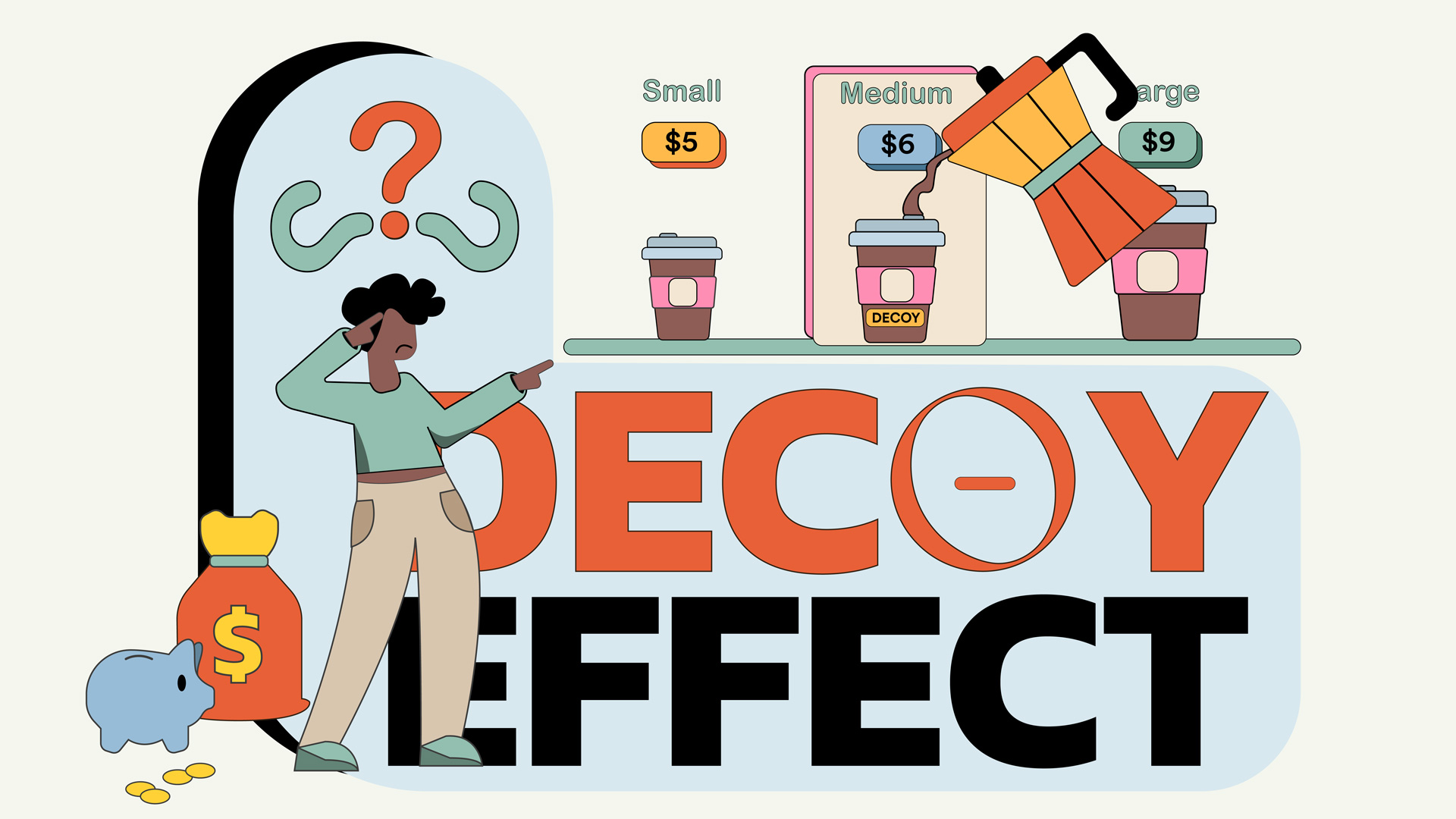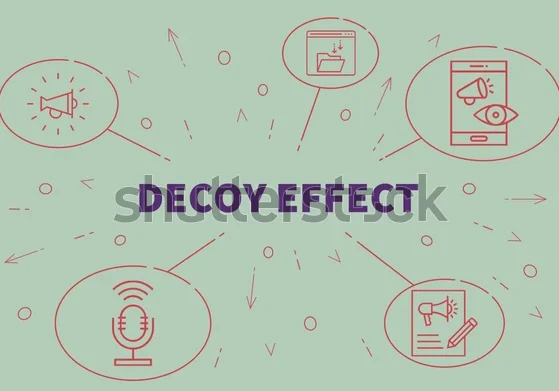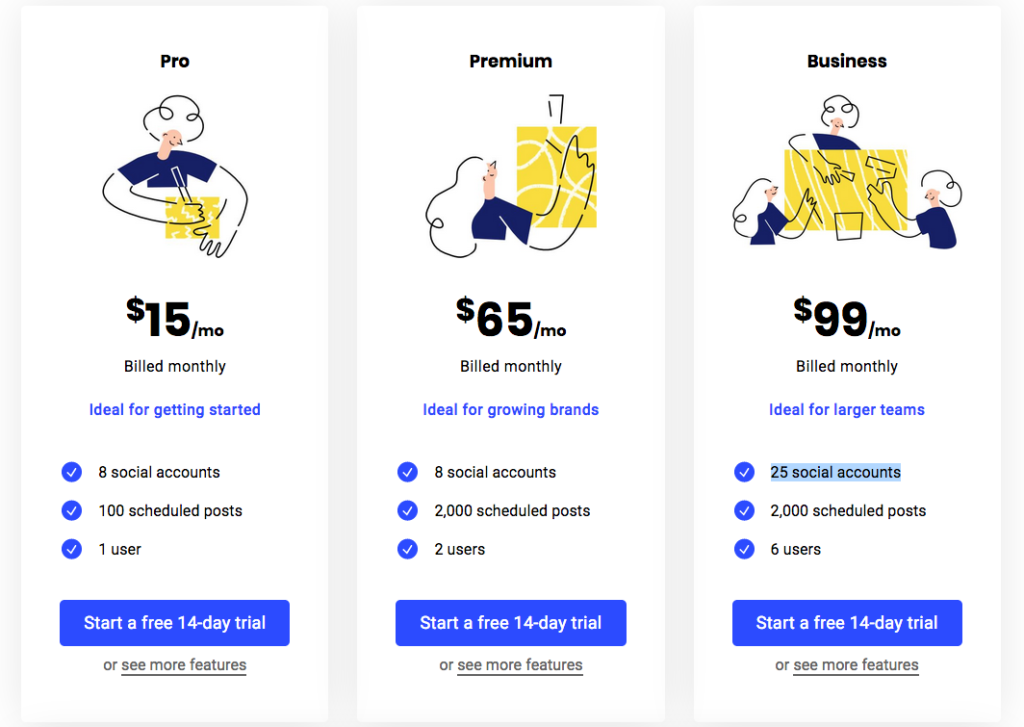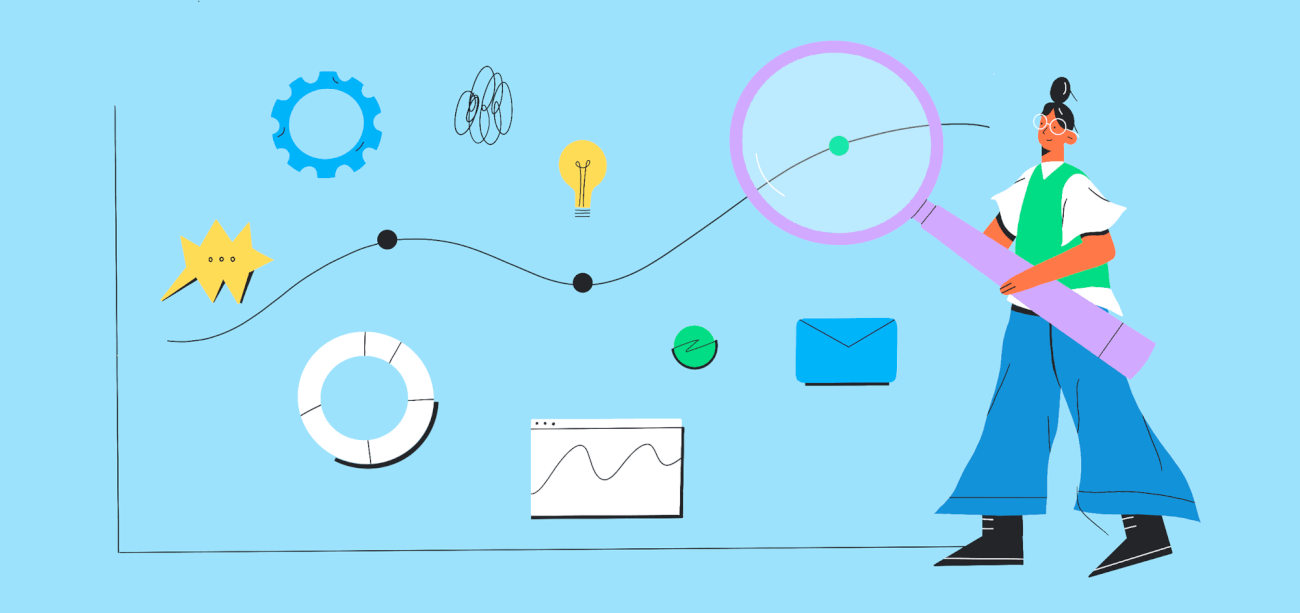Now Reading: Pricing and the Decoy Effect: How Corporations ‘Nudge’ Consumers to Spend More
-
01
Pricing and the Decoy Effect: How Corporations ‘Nudge’ Consumers to Spend More

Pricing and the Decoy Effect: How Corporations ‘Nudge’ Consumers to Spend More
Keyword: Pricing
Introduction
In the world of marketing, pricing strategies have a profound impact on consumer behaviour. One such strategy that has garnered attention is the decoy effect. Through careful manipulation of options, corporations are adept at nudging consumers towards higher-priced purchases. Understanding the mechanics of the decoy effect is essential for consumers to make informed decisions and avoid falling prey to pricing tactics.
In this article, we will explore the intriguing concept of the decoy effect and its role in consumer decision-making. We will delve into how corporations strategically employ this psychological phenomenon to sway consumer choices and increase sales. By presenting a less desirable option alongside others, businesses can make a particular choice more appealing and influence consumers to spend more.
By shedding light on the decoy effect, we aim to empower consumers with knowledge that can aid them in navigating pricing traps. With a deeper understanding of this marketing strategy, individuals can make conscious purchasing decisions that align with their needs and budgets.
I. The Decoy Effect: A Closer Look

The decoy effect, also known as the asymmetric dominance effect, occurs when the introduction of a third, less desirable option influences the decision-making process. By positioning this ‘decoy’ alongside other choices, corporations can make a particular option more attractive in comparison. The decoy is strategically designed to sway consumers towards selecting the higher-priced item, thereby increasing profits. Understanding the psychological underpinnings of the decoy effect is crucial in deciphering the subtle techniques employed by corporations to influence consumer behaviour.
II. Crafting the Decoy: Strategies Employed
Corporations employ several strategies to create effective decoys. One common approach is to introduce a decoy that is slightly inferior to the target option in terms of features or price. This encourages consumers to perceive the higher-priced option as more favourable, leading to increased sales. Additionally, companies may utilize anchoring, where an extremely high-priced item is presented initially to make other choices seem more reasonable in comparison. These tactics, combined with persuasive marketing techniques, work in tandem to shape consumer preferences and encourage spending.
III. Real-World Examples of the Decoy Effect

The decoy effect is prevalent in various industries. For instance, when purchasing a movie ticket, theatres often offer different options such as standard, premium, and VIP packages. By introducing a decoy with limited features but priced similarly to the premium package, consumers are more likely to choose the premium option. Similarly, in the realm of technology, smartphone manufacturers often release multiple models with subtle differences in features and prices, leveraging the decoy effect to steer consumers towards the higher-priced options
IV. Consumer Empowerment: Navigating the Decoy Effect
As consumers, awareness is key to resisting the allure of the decoy effect. Firstly, recognizing that corporations employ these tactics to influence decisions can help us approach purchasing choices with a critical mindset. Secondly, conducting thorough research and comparing options objectively can assist in making informed decisions. Furthermore, focusing on individual needs and preferences, rather than being swayed by pricing tricks, can prevent overspending. Lastly, seeking out reviews and opinions from trusted sources can provide valuable insights, helping to counteract the influence of decoys.
Conclusion
The decoy effect is a powerful pricing strategy that corporations employ to manipulate consumer choices and drive sales. By understanding how this tactic works, consumers can make more informed decisions and avoid overspending. Recognizing the presence of a decoy, evaluating options objectively, and considering individual needs are vital steps towards navigating pricing traps. Additionally, staying informed through research and seeking trusted opinions can help counteract the influence of decoys. Ultimately, consumer empowerment lies in being mindful of these strategies and making choices that align with personal preferences and budget. By arming ourselves with knowledge, we can resist the ‘nudges’ corporations employ and make purchasing decisions that are truly in our best interest.
Also Read: Why do adults perceive Entrepreneurialism with passion?












